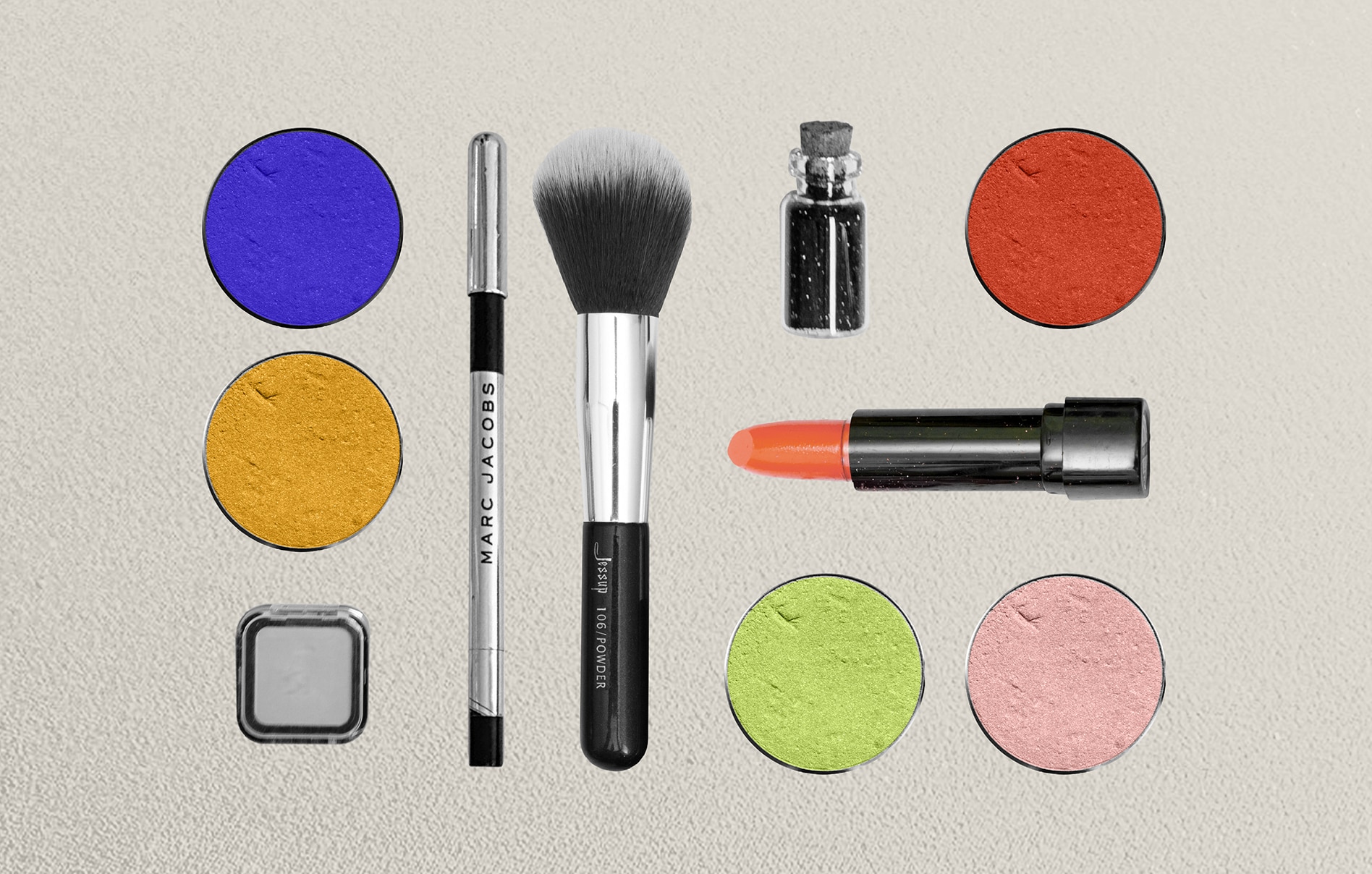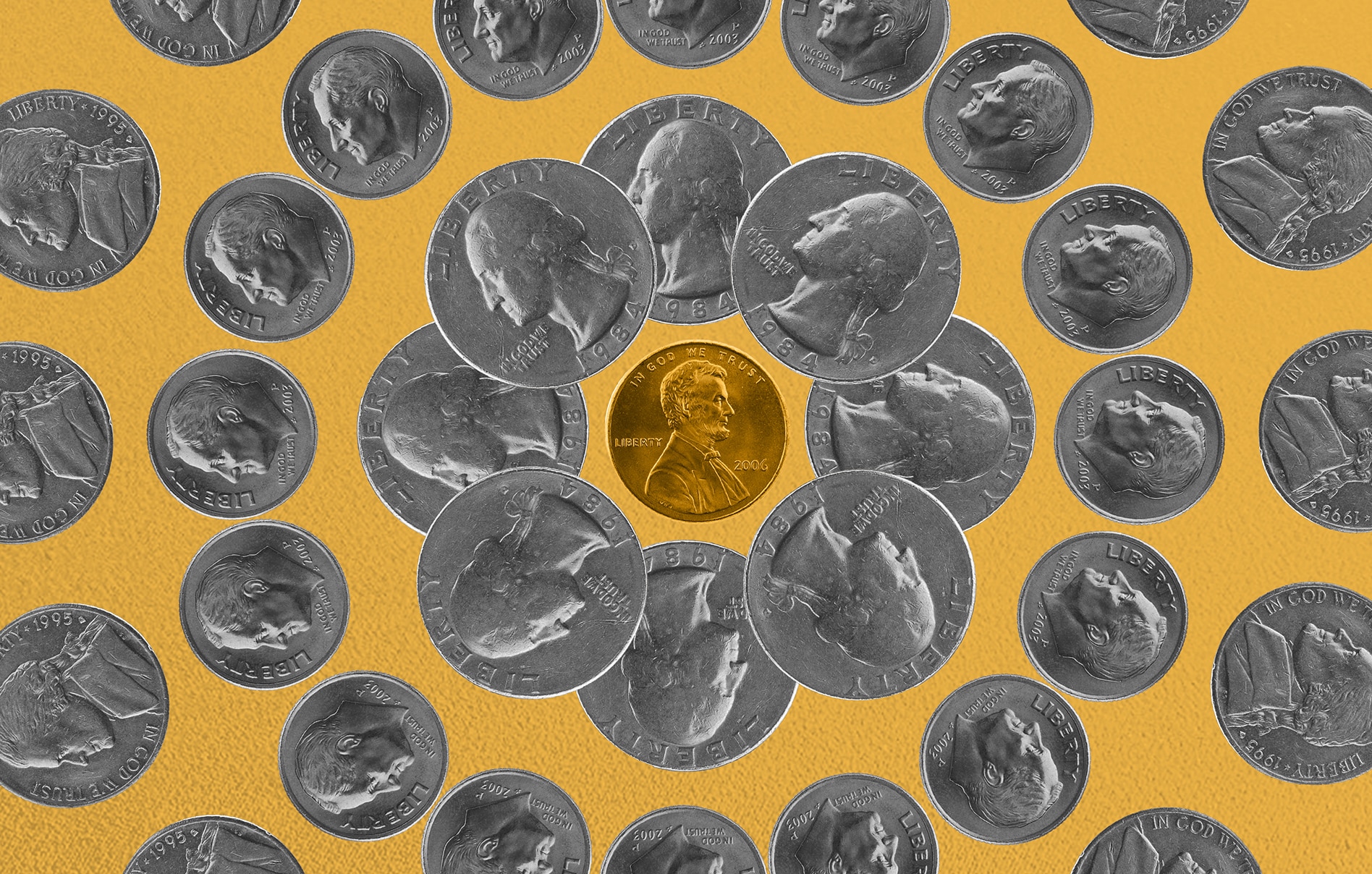Updated April 2025.
Whether you just graduated from cosmetology school or you’re looking to upgrade your kit, here’s what you need to know.
Once you decide to start a career as a professional makeup artist, you’re going to need to invest in one absolute essential: your makeup kit.
Yep, even beginner MUAs need a stellar makeup kit to make it in the world of weddings, special events, photoshoots, film. You name it.
It’s what separates the would-be MUAs from the MUAs pulling in six figures a year.
While product preferences vary — and you’ll learn along the way which makeup lines and brush brands work best for you — you still have to start somewhere.
So, if you’re wondering how to build your own freelance makeup artist kit, here’s what seven professional makeup artists and beauty industry experts say are the essentials (and which brands they recommend).
In this blog:
- Freelance Makeup Artist Kit Essentials
- 10 Best Products for Beginner Professional Makeup Kits
- Bonus: Makeup Kit Pro Tips, from Beauty Experts
Freelance Makeup Artist Kit Essentials
A Set of Quality Brushes
“The first thing you should do is, get a good set of brushes!” says Krista Frias, a makeup artist and cosmetologist at Apothecarie Salon in Ridgefield Park, New Jersey.
“It’s not always necessarily how great or expensive your products are, it’s often more about what you’re using to apply the products.”
10+ year veteran professional makeup artist, Theresa Novicky, agrees.
If you’re looking for your brush brand soulmate, it’s very personal! She says that all beginner makeup artists should steer clear of cheap brushes – $20 and under.
Yes, even if you’re on a budget!
“I used drugstore brushes for a long time, but the issue with drugstore is that they don’t last.
Our brushes take a beating because they have to get washed and disinfected after every use. This loosens the glue, and [cheap brushes] break and shed.”
Our Recommendation
If you’re going to splurge on luxury brushes, bridal makeup artist Devyn Jacobson from Frederick, Maryland, recommends BK Beauty Brushes. 👇
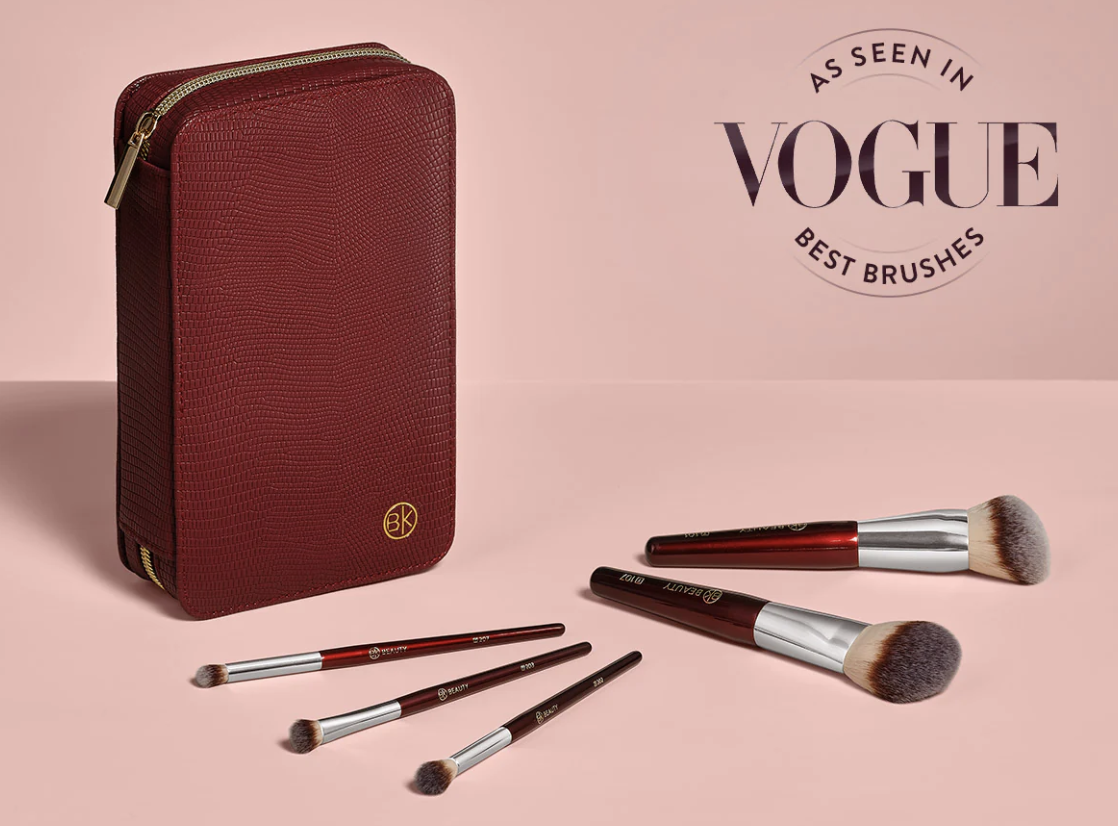
For a more affordable yet quality set, she recommends the Jessup Beauty Makeup Brushes Set.
Whichever you prefer, Jacobson says you’re “absolutely going to need:
- An overall blending brush for your base
- Eyeshadow brushes, including crease, lash root, and eyelid brushes
- Angled powder brush for bronzing, contour, and blush
- Triangular powder puffs and beauty blenders”
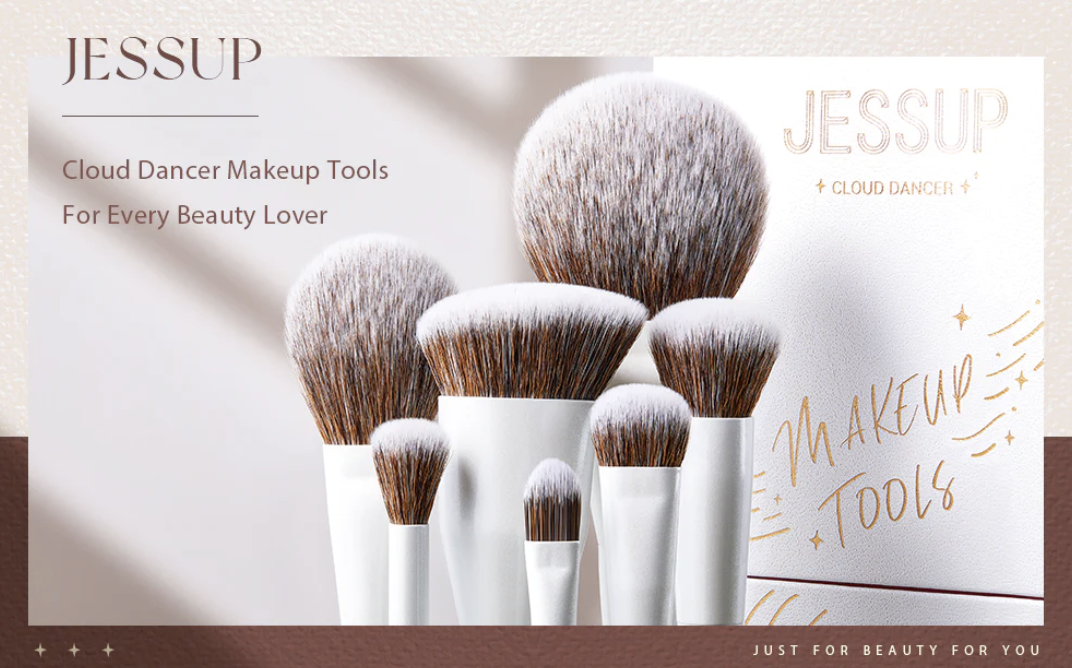
Proper Sanitizing Products
“When dealing with people’s skin and face, there are bound to be germs and bacteria,” says Courtney Buhler, the CEO & Founder of Sugarlash PRO Academy.
“It’s a big part of your job as a makeup artist to keep your clients safe by properly sanitizing your tools and replacing expired products.”
Novicky agrees and also recommends keeping a set of disposables on hand to keep things separate, sanitized, and clean.
“I get mascara wands, lip wands, cotton rounds, Q-tips, and tiny spatulas for scooping out lipstick or anything that’s in a jar or pot.”
The 10 Golden Products for Beginner Professional Makeup Kits
Most makeup artists agree that there are about a dozen types of makeup and tools that you should build into your first professional makeup kit.
For recent cosmetology school grads (or those trying to start a side hustle as a freelance MUA), Jacobson details the essentials that you must have in your makeup kit, plus her tried-and-true recommendations:
- Primer for skin and eyes: Primers from Embryolisse – bonus points for cruelty-free brands! – and Smashbox Photo Finish Oil Control Mattifying Primer for the T-zone
- An inclusive range of foundation: FACE atelier Ultra Foundations and NARS Natural Radiant Longwear Foundations
- Concealers: Undereye hydrogels + Make Up For Ever Matte Velvet Skin High Coverage Concealer with a light hand
- Contouring palette: Danessa Myricks Beauty Balm Contour
- Eyeliner: Sephora’s 12 Hour Contour Pencil Eyeliner in black, brown, and nude + Inglot Eyeliner Gel in black and brown shades
- Basic lipstick colors and lip liners: Colourpop’s Lippie Pencils in neutrals, like browns, mauves, and pinks + a few reds with different undertones
- Eyeshadows: Morphe Eyeshadow Palettes for go-to affordable shadows or Patrick Ta’s Major Dimension Eyeshadow Palette for luxury
- A brow kit: Benefit Cosmetics Brow Pencils in four basic shades: soft black, dark brown, neutral brown, and blonde + Anastasia Beverly Hills Clear Brow Gel
- Setting powder: The loose Milani Cosmetics Make It Last Mattifying Setting Powder for undereye and baking the T-zone, if your client’s skin is oily, and Maybelline’s Fit Me Matte + Poreless Pressed Face Powder for lightly setting the rest of the face
- Setting spray: Skindinavia’s The Makeup Finishing Spray, Morphe Continuous Setting Mist, and One/Size On ‘Til Dawn Setting Spray
(Jacobson notes that One/Size’s spray is incredibly sweat-proof, because it has a high concentration of alcohol. So, warn your client that the strong scent will go away shortly.)



“It doesn’t hurt to throw a pair of cotton pads and tweezers in there, either,” says beauty blogger David Gray of Talking Tan.
But he urges first-time makeup artists to air on the side of simplicity — at least to start.
“My main advice for someone building a freelance makeup kit for the first time is to know when you’re overdoing it.
I love makeup so much, so it can be hard to choose which palettes to take with me, but it’s always better to go with your gut so that you don’t get overwhelmed.
Too much choice isn’t always a good thing.”
Note: Don’t Skimp on Shades of Foundation
When you’re on a budget, keeping it to the essentials is a must. But that said, you should include a wide range of foundations to match all skin types.
“The most important thing for a makeup artist’s kit is a global selection of foundations and concealers, at least with the ability to mix them and match shades,” says Mandie Brice, a celebrity makeup artist in Los Angeles, CA.
She’s also the author of Best Face Forward: Basic Makeup Skills and Practical Looks From Your Makeup BFF.
“There are so many horror stories of artists in very professional situations who don’t have foundation or complexion makeup to match all of the models, and it is shameful!”
A Good Makeup Light
“Don’t even think about booking a client until you have one,” says Novicky.
“And please don’t use a ring light — this casts a filter on your client’s face. I’d hate for them to walk outside and the makeup not look the way it looked in your chair.”
Instead, she recommends a key light from . 👇

For a less expensive option, Jacobson recommends a RaLeno LED Video Light to capture your client’s pre- and post-appointment pics.
Include Some Deep Cut Knowledge, Too
Makeup artist Essie Button lives in Clayton, MO, and her product list closely resembles Gray’s.
(Her pro tip on primers: “There’s a primer variant for every skin type, and I suggest your kit includes one for dry skin and one for oily skin”).
She adds that knowing where your product ingredients come from — and how they affect different skin types —is a must-have as well:
“Product knowledge is a big one for me. As fun as makeup artistry is, you need to understand that you are also responsible for someone’s skin,” says Button.
“You want to be informed enough to answer a client’s query, which displays your confidence in your art and puts the client at ease knowing they’re in good hands.”
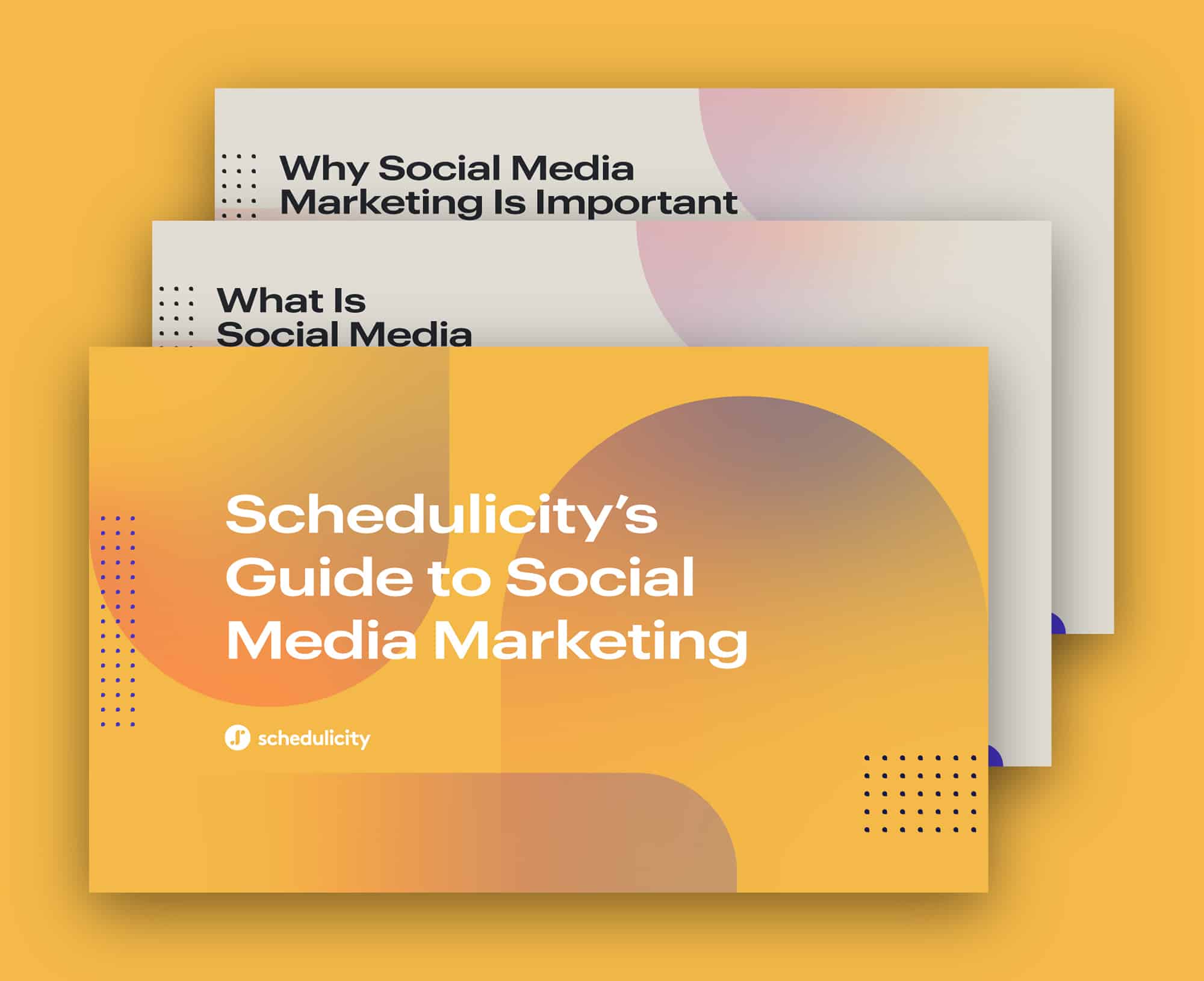
Social Media Marketing 101
Deep-dive into trends, tools, and hashtags that will take your brand – and small business – to the next level.
Get the GuideBonus: Pro Tips for Starting a Freelance Makeup Kit
Beyond the list of products, our makeup artist pros also had some thoughts on budgeting for a freelance makeup career — including:
- The makeup kit must-haves worth the splurge 💰
- How to properly organize your set 💄
- The add-ons you can go right ahead and skip ❌
Here are a few of their professional makeup kits do’s and don’ts:
Do: Consolidate
“Try to get everything as condensed as possible,” says Novicky.
“Learn how to depot. That’s taking things out of their original container and putting them in a smaller more condensed palette.
I’ve depotted all of my lipsticks. Warning: Once you start depotting you will become obsessed!”
Don’t: Buy Every Shade of Everything Ever
“Many new makeup artists think they need to break the bank and stock up their shelves with every color of every brand and product,” says Frias.
“That couldn’t be further from the truth! You are an artist.
Artists mix and blend to achieve the color or look they want. Get creative when mixing your shades and you’ll be surprised at how much you love the results!”
Do: Invest in Quality, Multi-purpose Products
“If you use products that are not high quality, you not get the same results for your clients’ makeup looks, and clients could also experience adverse reactions due to questionable ingredients,” says Buhler.
But she also gets the need to budget wisely.
Like Frias, she recommends thinking about how to put fewer products to more uses.
“If you feel overwhelmed with how many products and tools you think you need to include, try to find things that serve more than one purpose,” she says.
“For instance, look for brushes that can be used for multiple application purposes or cosmetics that can be used for more than one area of the face.
This will help cut down on how heavy your kit is, as well as how many products you have to dig through during an appointment.”
Don’t: Buy from Big Name Stores
As a general rule of thumb, “Steer clear of retail stores like Sephora or Ulta.
You will go broke very fast, and there’s so much packaging with these cosmetics because they are made to stay in a vanity and look pretty,” says Novicky.
“Unless you get a deep discount at these stores, it’s not worth it. You need makeup that fits in a travel bag.
This will also keep you efficient — and you want to be as efficient as possible!”
Jacobson, who’s also a licensed esthetician, agrees. She suggests purchasing all makeup supplies directly from the source:
“Amazon and other giant retailers don’t regulate ingredients in makeup and beauty products. This can lead to a lot of knockoffs and unhealthy ingredients for your clients’ skin.”
Do: Go Dutch
“If you’re in beauty school and have a classmate buying a kit at the same time, splitting items and de-potting them into smaller containers (like , small plastic foundation pumps, ) is really smart.
It cuts your costs down, and you can organize your kit into a smaller, easier to carry version,” says Brice.
“You don’t have to worry about your products expiring before you use them up!”
Don’t: Be Afraid to Show Your Personal Taste
“One of the best things that you can do is take your personal favorite palette(s) with you,” says Gray.
“It adds that personal touch and gives you a boost of confidence without you even knowing it.”
Do: Be a Little Extra
“I also recommend carrying some basics in terms of hair and wardrobe (like a couple of combs, hair spray, some hair elastics, a lint brush, safety pins),” says Brice.
“It’s always wonderful to be a good team player and overdeliver on set.”
Jacobson agrees. She even carries breath mints, like Icebreakers, for herself and her clients – a trick she learned from a former cosmetology teacher.
“You’re going to be in their face for an hour. You want to make sure you’re the most professional and clean as possible.”
She laughs, “Plus, it doesn’t hurt if their breath smells fresh, too.”
Don’t: Forget A Booking App
If you want clients to book with you ASAP – fresh out of beauty school – get a simple booking app, like Schedulicity.
- Add your services and pricing.
- Create a bio to promote yourself.
- Add your Book Now button in your Instagram bio.
- Share your booking link everywhere!

